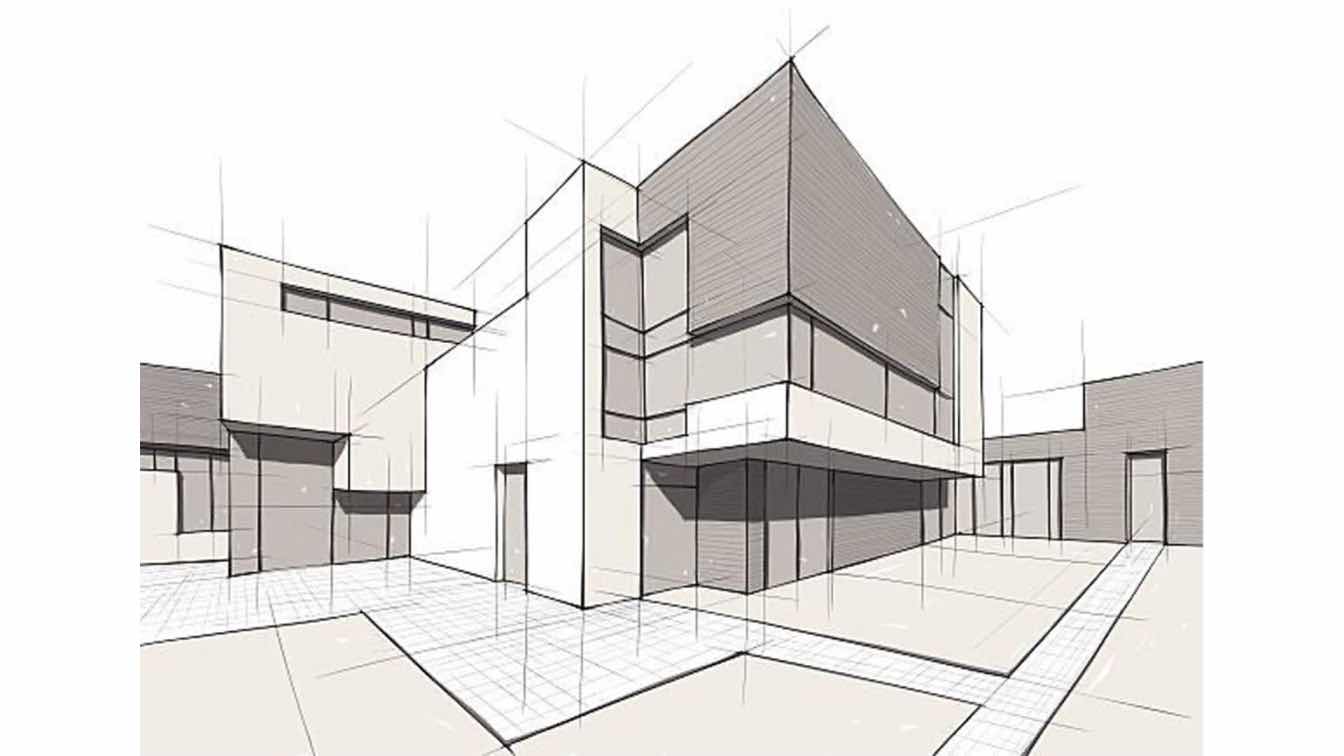Check Out Award-Winning Tasks by Prominent CDA Architects
Check Out Award-Winning Tasks by Prominent CDA Architects
Blog Article
A Detailed Overview of Building Designs and Their Impact on Modern City Planning and Growth
Building styles have long served as a mirror to the societal values and technological developments of their time, playing an essential duty in forming modern city preparation and advancement. From the grandeur of Neoclassicism to the practical approach of Brutalism, each design has introduced special concepts that affect metropolitan appearances and performance.
Historic Introduction of Building Styles

As societies transitioned with the Middle Ages, Gothic design emerged, defined by its verticality and detailed describing, matching the spiritual goals of the era. The Renaissance noted a revival of timeless perfects, combining art and style in innovative manner ins which influenced succeeding designs across Europe.

Today, architectural styles proceed to evolve, driven by globalization and sustainability problems, mirroring a dynamic interplay in between heritage and development. This historic overview highlights the importance of architecture as a mirror of social evolution and as a catalyst for metropolitan development.
Trick Architectural Styles Explained
The variety of architectural designs reflects the myriad influences that shape our constructed atmosphere, each embodying distinctive features and cultural significances. Trick architectural designs include Classical, Gothic, Baroque, Modernism, and Postmodernism, each standing for special historical contexts and aesthetic philosophies.
Timeless architecture, rooted in ancient Greece and Rome, emphasizes symmetry, percentage, and the use of columns (cda architects). In contrast, Gothic architecture, growing in the Center Ages, is characterized by pointed arches, ribbed vaults, and flying buttresses, creating an ethereal quality in sanctuaries. Baroque architecture, emerging in the 17th century, is marked by magnificence, fancy embellishment, and a dynamic interplay of light and darkness
Modernism, which got energy in the early 20th century, focuses on feature over form, utilizing new materials like steel and glass to produce minimal frameworks. Postmodernism, reacting against the austerity of Modernism, accepts eclecticism and historic recommendation, usually incorporating lively aspects and irony.

Effect On Urban Preparation
In shaping the development of cities, architectural styles significantly affect urban planning decisions. The selection of architectural design frequently dictates the visual appeals, capability, and general personality of urban atmospheres.
In addition, architectural styles can impact zoning policies and land use policies. Urban planners should take into consideration the dominating building fads when developing areas, guaranteeing that brand-new growths integrate with existing structures. This consideration cultivates natural urban landscapes and improves neighborhood identity.
The implementation of specific building styles can also influence socioeconomic variables within a city. Premium contemporary layouts may draw in wealthy citizens and services, leading to gentrification, while much more economical housing options may prioritize sensible and lasting designs to suit diverse populaces. cda architects. Inevitably, the interplay between building designs and city planning produces vibrant cities that reflect both historical context and contemporary demands, shaping the lived experiences of their citizens
Sustainability and Modern Style
Building designs play a pivotal function in attending to modern difficulties, specifically in the world of sustainability. As city areas expand and ecological issues magnify, contemporary design increasingly accepts sustainable layout principles that focus on energy efficiency, resource conservation, and minimal eco-friendly impact.
Contemporary pop over to this web-site architectural movements, such as biophilic style and green design, advocate for frameworks that balance with their environments, making use of natural materials and promoting biodiversity. These designs typically integrate eco-friendly energy sources, such as solar panels and wind generators, to lower reliance on nonrenewable fuel sources and lower carbon impacts.
Moreover, the combination of innovative innovations, such as clever structure systems, enhances power monitoring, maximizing source usage while ensuring passenger convenience. Cutting-edge water monitoring approaches, consisting of rain harvesting and greywater recycling, additional contribute to sustainable metropolitan settings.
Significantly, sustainability expands beyond ecological problems; it encompasses social and financial measurements. By fostering area wellness and promoting inclusivity, contemporary building styles straighten with lasting development goals. Subsequently, the development of architectural methods continues to shape resilient cities that not just meet the demands of today but additionally safeguard the future for generations to come.
Community Interaction in Layout
Area involvement in design works as a vital bridge between engineers and the populations they offer, ensuring that the developed environment mirrors the requirements and aspirations of its customers. This collaborative procedure invites neighborhood participants to contribute their understandings and choices, fostering a sense of ownership and duty towards the rooms they occupy.
Efficient community interaction employs different methods, such as workshops, surveys, and public online forums, to gather varied point of views. These approaches assist in a two-way discussion, permitting architects to recognize regional contexts while equipping locals to voice their concerns and desires. This inclusivity not only boosts the design quality yet likewise promotes social equity by resolving the special difficulties encountered by marginalized teams.
Moreover, area interaction can lead to innovative solutions that might not arise in a typical design procedure. By incorporating neighborhood knowledge and social worths, architects can produce areas that resonate even more deeply with individuals, enhancing use and sustainability. Eventually, focusing on neighborhood engagement in design processes results in atmospheres that support social interactions, assistance wellness, and enhance community ties, consequently playing a crucial role in forming modern-day urban sites landscapes.
Conclusion
Architectural designs have greatly affected modern-day city planning and development, showing progressing cultural and technological contexts. The combination of historical looks with modern needs fosters urban environments that focus on sustainability and community interaction. As cities remain to expand and adjust, the recurring dialogue in between building heritage and contemporary design principles will certainly stay essential in developing inclusive, vivid areas that improve lifestyle and promote social equity. The future of metropolitan growth rest on this harmonious equilibrium.
Report this page